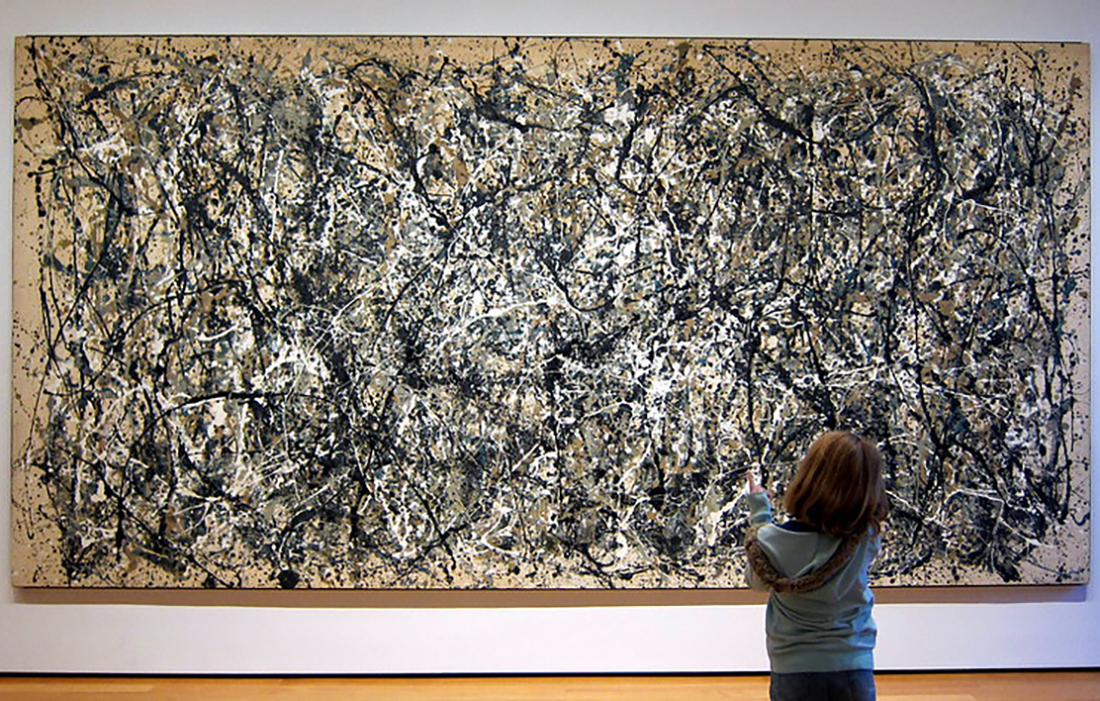
Photo: NCinDC on VisualHunt.com / CC BY-ND
Economic downturn and the arts
In the fourth of our series on Arts Council England’s consultation, Anna Jobson and Catherine Bunting assess the impact of the recession on the sector.
When Britain’s economy first went into recession in summer 2008, cultural commentators focused on how, historically, economic downturns had purportedly proved to be fertile territory for artists and arts organisations. Much was made of the flourishing American film and music industries during the Great Depression of the 1930s, and the emotional depth imbued by this national crisis on the work of iconic artists such as Jackson Pollock and Arshile Gorky. The rise of the Young British Artists movement in Britain in the late 1980s and early 1990s is cited as part of the same narrative, of creativity given additional impetus by adversity.
As 2009 unfolded, a darker, more anxious commentary started to emerge. And yet, as we at Arts Council England (ACE) explored the research and literature related to this area to inform the development of our ten-year strategic framework for the arts, it became apparent how much of this commentary is based on anecdote. Today ‘creativity’ has become a widely promoted concept in UK public policy, and innovation is seen as a key driver of growth. Our review noted the considerable body of evidence on the value of the creative industries to the UK and European economies1 and the proposition that the arts play a central role in the wider cultural and creative sectors2.
EVIDENCE BASE
However, at the time of writing, our literature review found little definitive evidence to enable reliable forecasting of the potential impact of recession on the arts. In autumn 2008 ACE embarked on a programme of informal research, periodically surveying a sample of our regularly funded organisations3. The results suggest that the box office is holding up, but that many organisations are experiencing a decline in income from corporate sponsorship and trusts and foundations, with others seeing increasing pressure on local authority arts budgets. In response to the first waves of this research, ACE launched Sustain, a £40m fund providing extra support for organisations to sustain artistic excellence.
In December 2009, when our review was going to press, the Scottish Arts Council (SAC) revealed the results of its own survey of funded organisations in the recession4. Covering 70% of the SAC’s funded organisations (and five galleries not directly funded), the research is probably the most comprehensive account to date of the changing financial picture for publicly funded arts organisations. Many of ACE’s findings are echoed, with 42% of organisations reporting contracting income profiles and 61% reporting a reduction in support from a range of public, private and charitable funding sources. Again, the size and composition of audiences were reported to be remaining fairly consistent, but there were examples of organisations adjusting their attitude towards risk (such as reducing the scale of their activity or moving towards a more commercial outlook).
SUNNY SIDE UP
As with the organisations surveyed by ACE, the SAC survey revealed that, on the whole, optimism within the sector remains high. Almost 80% expect their future to remain unchanged or that their income will improve. How realistic this is remains to be seen, and our review points to the potential impact over the lifetime of our proposed ten-year strategy of the urgent and widely accepted need to reduce the UK public spending deficit. What is in store in the next spending review could have a major and far from foreseeable impact on the arts economy as a whole.
Nevertheless, there may be opportunities in this post-crisis world. Quite apart from arts organisations being well-placed to lead the creativity and innovation that is seen as the key driver of recovery and growth, the insight and solace that art offers may have new prominence in a world in which values have profoundly shifted. The trend in politics towards prioritising happiness and well-being – perhaps above and beyond economic growth – offers an incredible opportunity for us to make the arts more central to people’s lives.
DEEP IMPACT
Finally, it’s tempting in the drama of the moment to overstate the potential impact of the current economic climate. It may be that changing consumer behaviour and expectations – fuelled by new technologies – will have a far more lasting impact on the ways in which the arts are produced, distributed and experienced. Our review of the research and literature reminds us that, regardless of social, economic and political shifts, the changes that are taking place to the planet will mean preparing for a radically different future5. The last goal we propose within our strategic framework – that the arts sector is sustainable, resilient and innovative – purposely takes a broad view of the word ‘sustainable’. For arts organisations to thrive, it is just as important that they adjust to a low carbon future as it is that they diversify their income streams.
Join the Discussion
You must be logged in to post a comment.